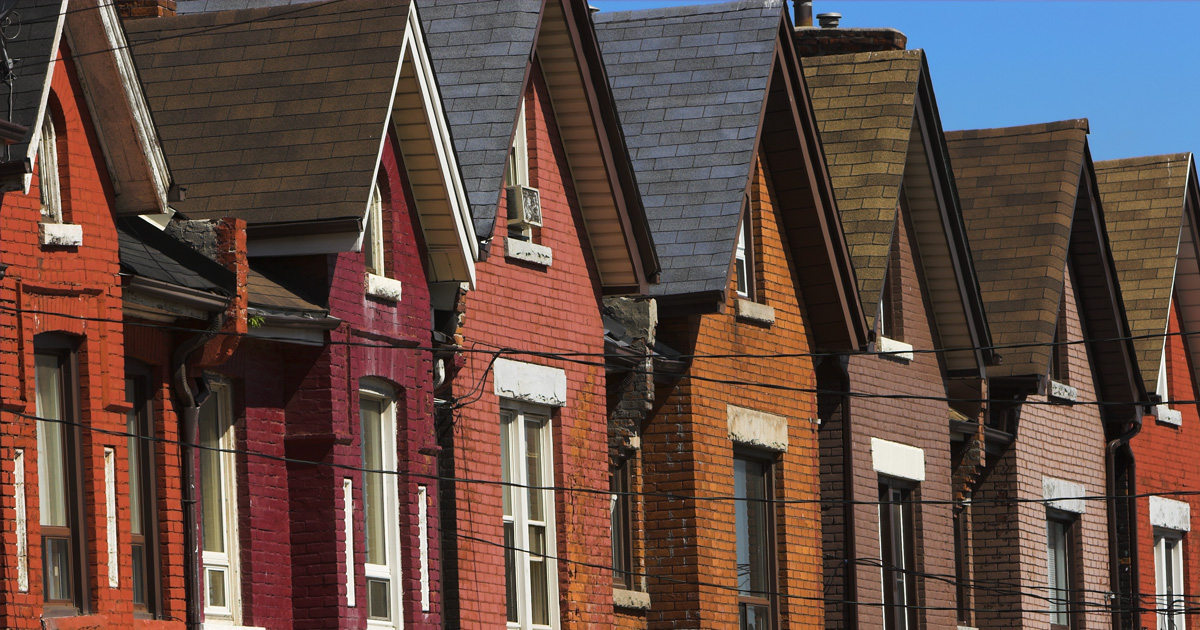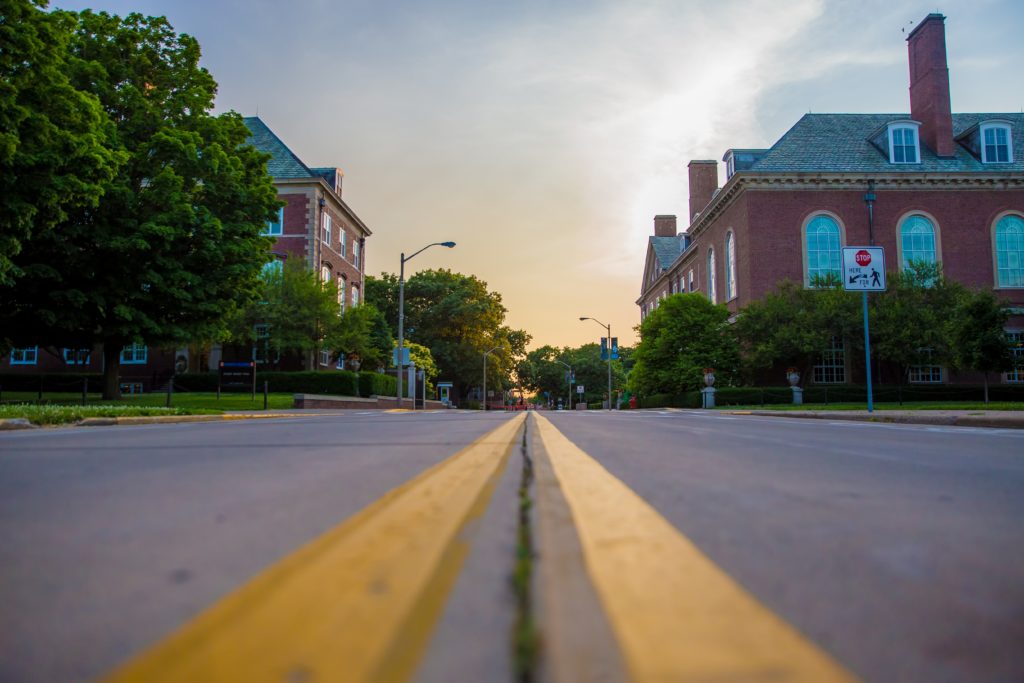This post is part of Unsheltered, an Alliance blog series to explore the crisis of unsheltered homelessness in the United States. You can catch up on the whole series here.
Quickly getting people into housing is one central function of a homelessness system. But when unsheltered homelessness starts to rise, communities sometimes shift their focus from housing to shelter.
This is certainly understandable. Living on the street is brutally dangerous, and keeping people safe while getting them housed is important. However, these are not two separate functions. Without a focus on housing people quickly, a community with a large unsheltered homelessness problem will struggle to find a solution. A strong Housing First system, on the other hand, can have a big impact on unsheltered homelessness, perhaps bigger than the impact of opening more shelters.
Every Front Door Needs a Back Door
Shelters need a back door. And that back door needs to exit people to housing.
If the only response is more shelter, each new shelter will quickly fill up, and unsheltered homelessness will continue to grow. But each person who moves from shelter to housing creates another open bed for a person who is currently on the streets.
The math is simple. If 100 people each month are becoming homeless in a community, then 100 people each month must exit into housing. Otherwise, shelters will fill up and stay full, and the number of unsheltered people will keep rising.
While many communities have a need for more shelter, this is not the only answer.
Using tenant-based approaches to rehousing people is a way to have a quick impact, often far quicker than opening new shelters. The 100-day challenges that the Alliance and others have helped communities pull off have shown what is possible. Communities have housed 100, 200, or even 300 homeless people in a concerted 100 day push. In communities where there is resistance to opening new shelters, a strong effort to house more people can show immediate results, and help establish a culture that refuses to tolerate long stays either in shelters or on the streets.
Doing the Math
Another piece of simple math can help communities when thinking about allocating resources:
The national goal set by the HEARTH Act is that no one should stay homeless for more than 30 days. This is a doable target, based on what leading communities have accomplished. There are 30 days in a month, and 12 months in a year. So, each new shelter bed should come with an annual budget to provide rapid re-housing or permanent supportive housing to 12 people. That way, each community has the resources to move someone out of that bed and into a new home once a month all year long.
For communities dealing with large increases in unsheltered homelessness, Housing First is still the key to a solution.
Stay Updated: Solutions, Stories, and Ways to Make an Impact
Sign up to receive updates on the Alliance’s work, including the latest research, advocacy efforts, and real stories of progress — plus ways you can help drive lasting change.














